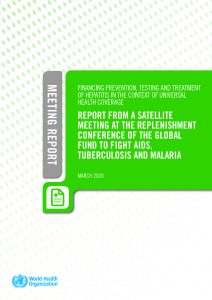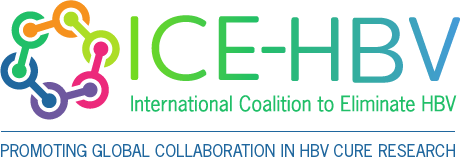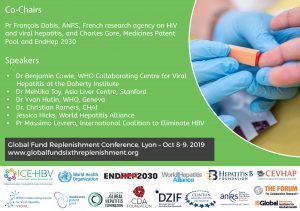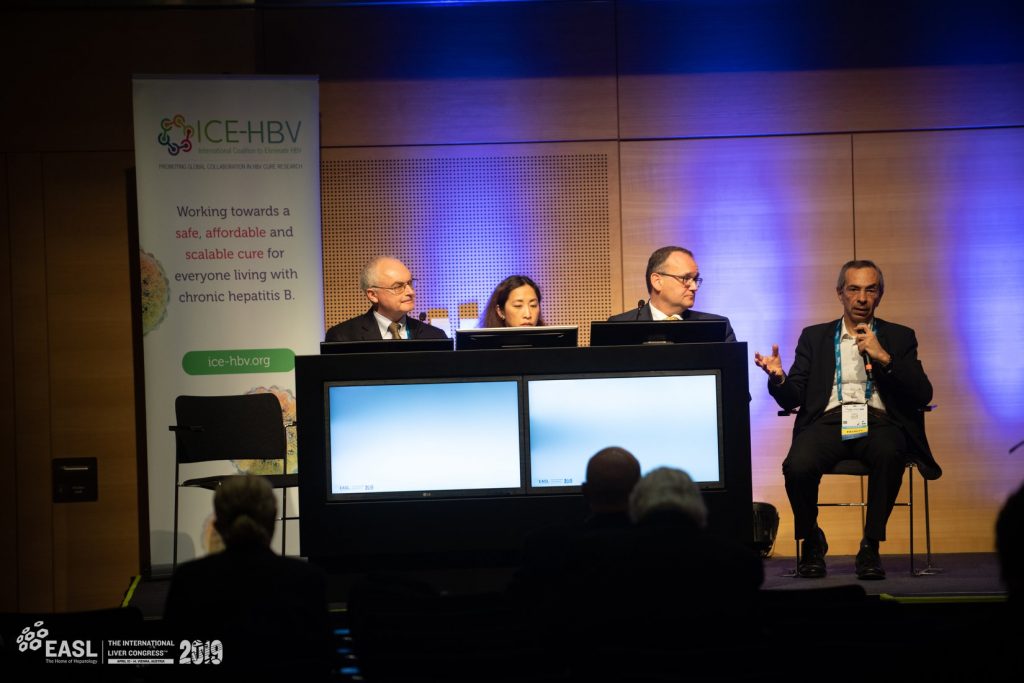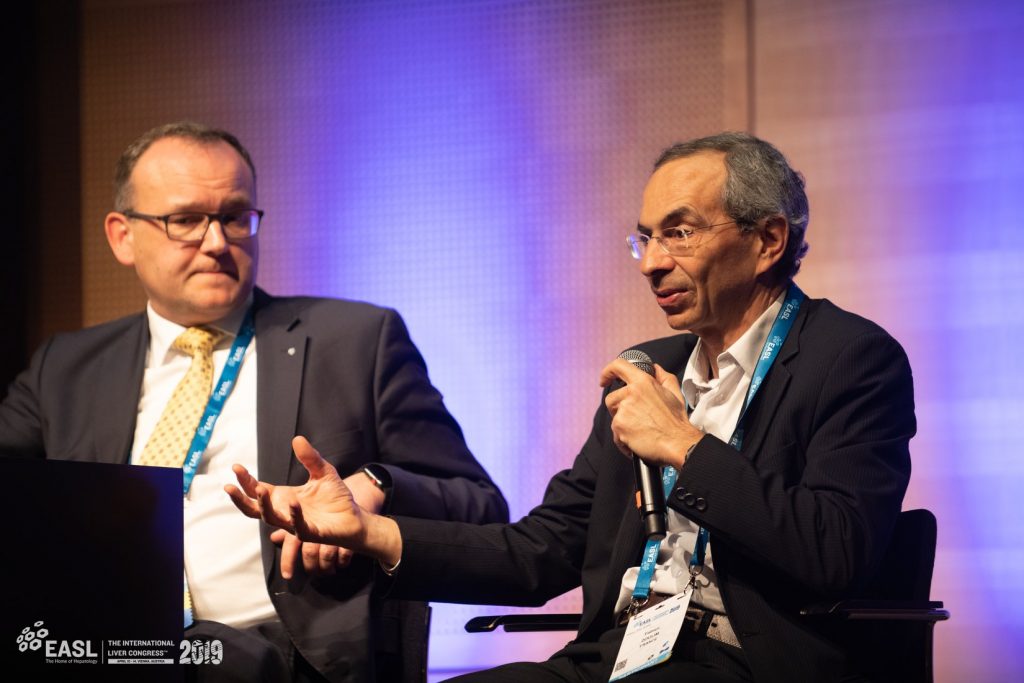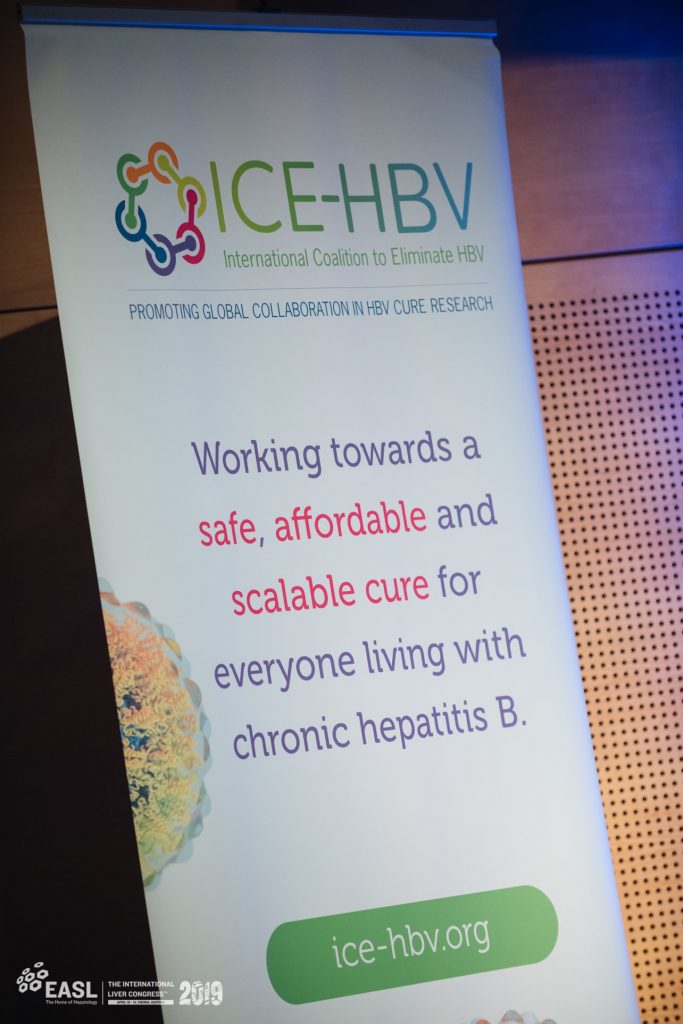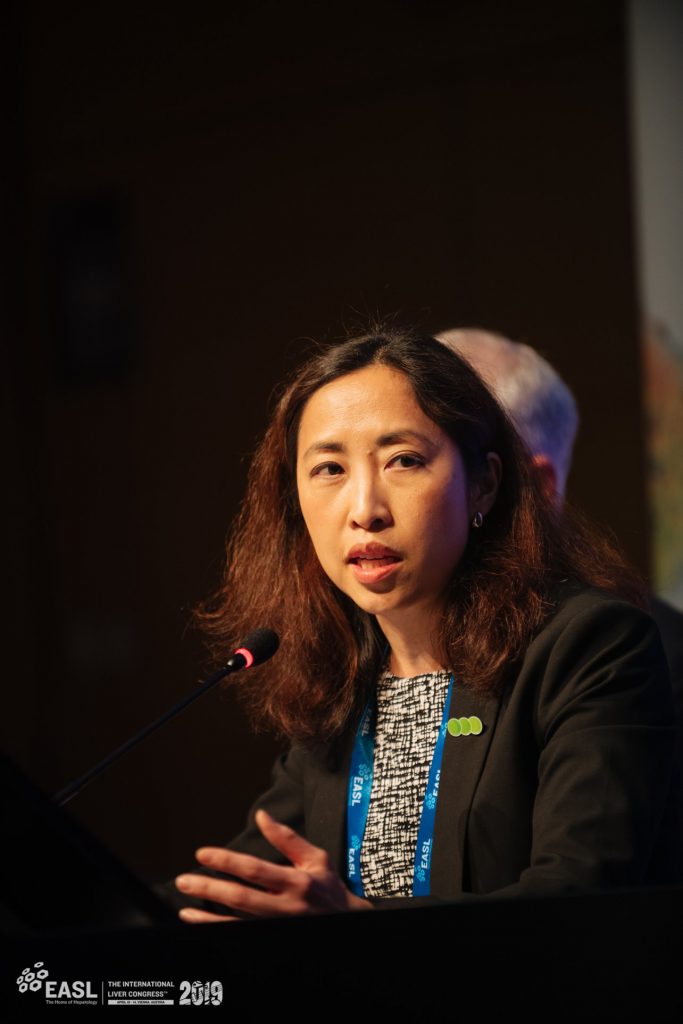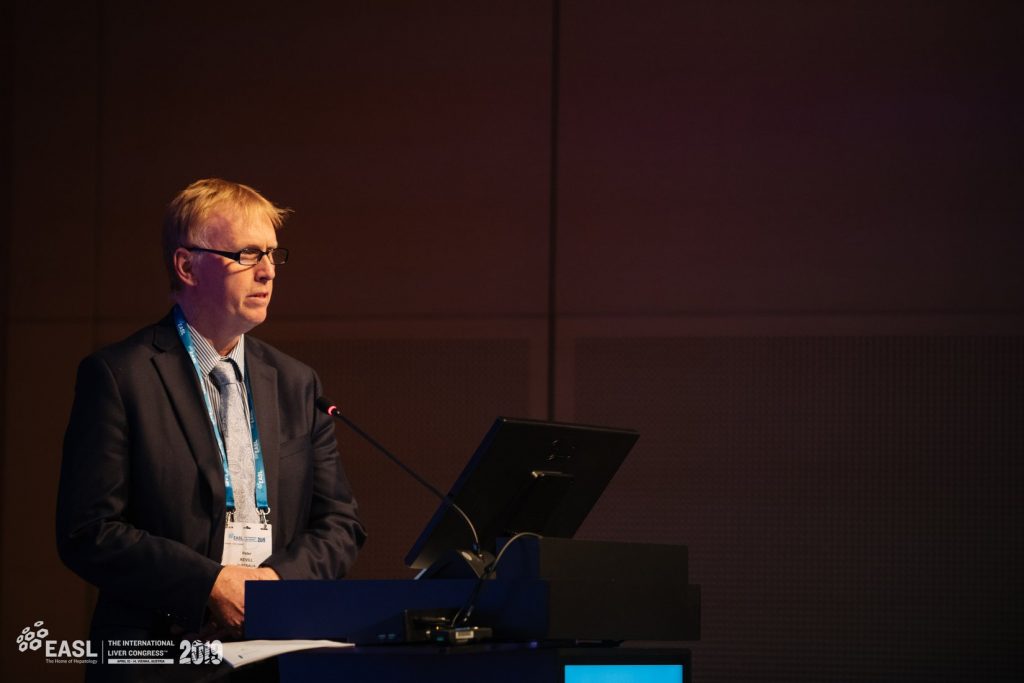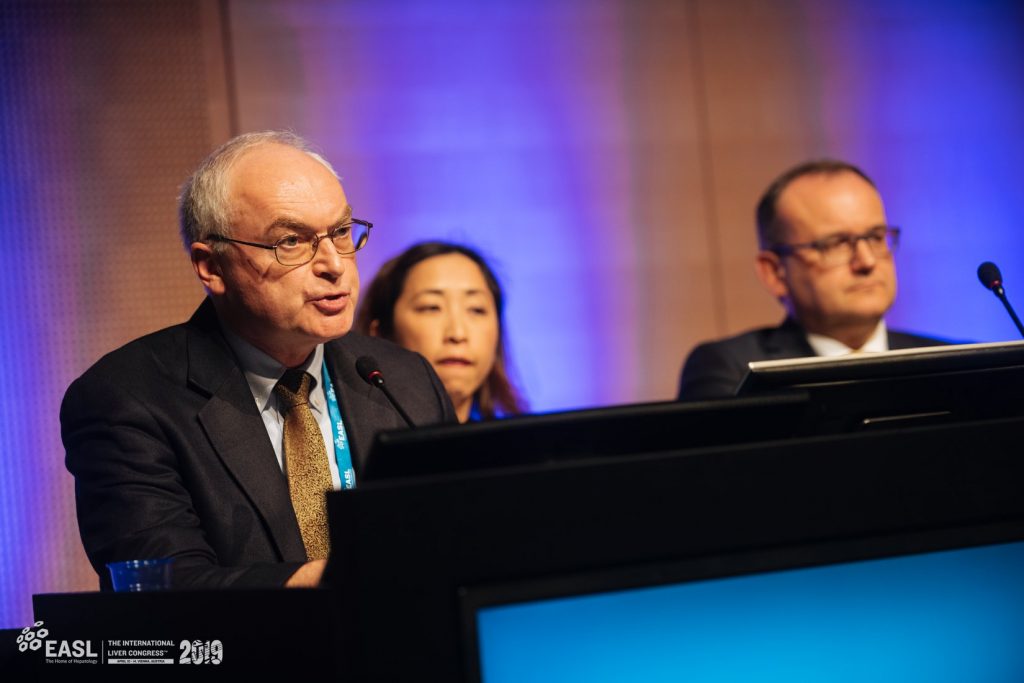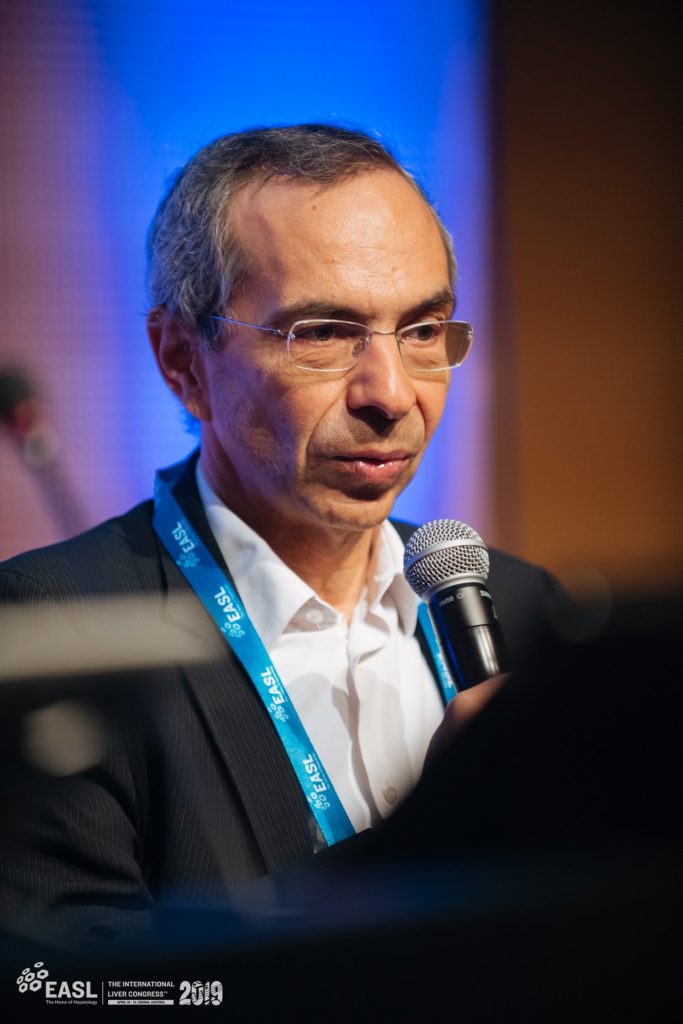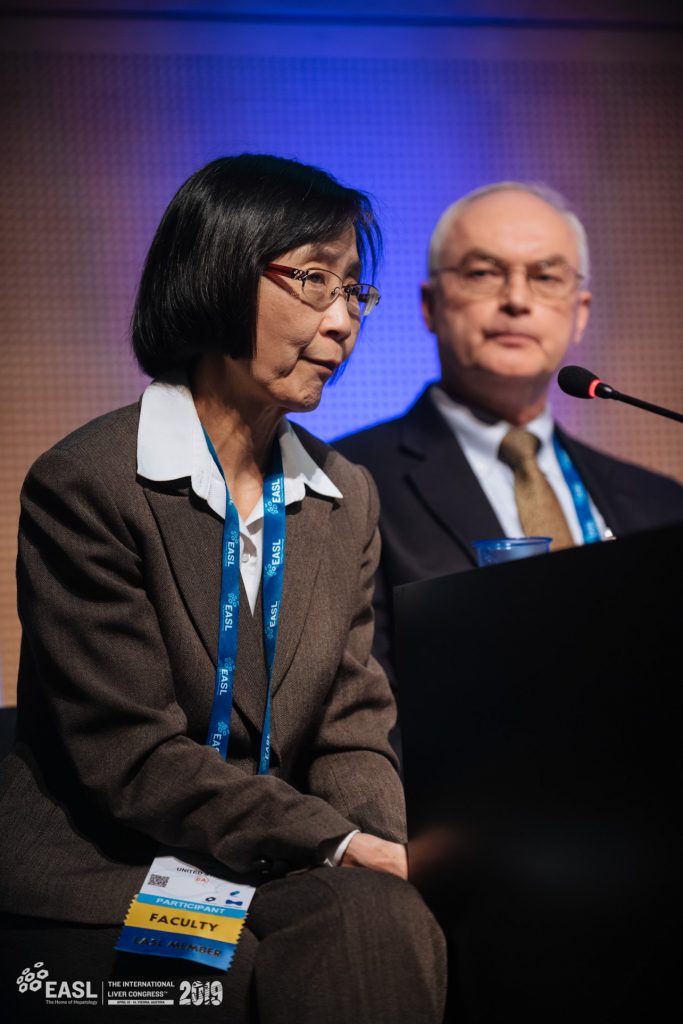全球治愈乙肝(Hepatitis B)的科学战略
2019年4月,国际消除HBV联盟(ICE-HBV)全球科学战略在《柳叶刀-胃肠病学和肝脏病学》(Lancet Gastroenterology and Hepatology)期刊上发表,为乙肝治愈研究和全球乙肝治愈准备奠定了基础。
乙肝是一种与结核病、艾滋病以及疟疾相同规模的全球公共卫生威胁。全球有超过2.57亿人长期感染乙肝病毒,2017年有近90万人死于该病。
ICE-HBV是由全球研究人员、患者代表和卫生组织所组成,其制定的全球治愈乙肝的科学战略(简称ICE-HBV战略),推动了全球乙肝病毒治愈工作。
在《柳叶刀-胃肠病学和肝脏病学》期刊发表的同时,于奥地利维也纳召开的欧洲肝脏研究协会(EASL)国际肝病大会(International Liver Congress)开幕当天也发布了这一战略并进行了网络直播。
乙肝是一种损害肝脏的病毒性传染病,可引起急性和慢性疾病。乙肝病毒通过与被感染者的血液或其他体液接触传播。今天,慢性乙肝(CHB)病毒感染导致的死亡人数已超出疟疾致死人数。
慢性乙肝还导致约40%的肝细胞癌,肝细胞癌则是全球癌症相关死亡的第二大原因。
“每年约有90万人死于乙肝相关疾病,这简直令人无法接受,” ICE-HBV主席以及多尔蒂研究所(Doherty Institute)皇家墨尔本医院高级医学科学家彼特·热维尔(Peter Revill)教授称。
“令人费解的是,虽然慢性乙肝造成了巨大的人员和经济损失,但乙肝研究仍资金不足,无异于被忽视的热带病。乙肝治愈研究可产生重大意义,防止所有乙肝病毒(HBV)感染者出现不良反应,使他们能够接受免费治疗,过上充实的生活,并减少与这种慢性感染有关的污名。”
如果有乙肝疫苗和治疗药物,为什么还需要研究其治愈方法?
虽然存在安全、有效、能预防HBV感染的疫苗且其全球供应,对于消除HBV这一公共卫生威胁至关重要,但那些已经长期感染的患者还需要终生治疗。而目前,在数百万需要终生治疗的人当中,只有大约8%的人能够获得终生治疗,部分原因是疾病监测的复杂性。ICE-HBV战略强烈呼吁进行适当的治愈研究和准备,来补充世界卫生组织(World Health Organization)的全球消除HBV战略、HBV疫苗和耐受性良好但难以获得的疗法。
目前的治疗方案有助于控制HBV,但无法治愈HBV,因为它无法将病毒从被感染的细胞中彻底清除。cccDNA(共价闭合环状DNA)是一种特殊的DNA结构,产生于HBV繁殖期间,并有可能永久存在于细胞核内。感染HBV后,cccDNA可在患者接受临床治疗后继续存在于肝细胞内,甚至可以重新激活。
即使进行持续治疗,被感染者患上肝癌的风险仍然较高,特别是那些因慢性乙肝而患有潜在肝硬化的人。这引发了药物治疗依赖性的问题,并需要大量投资进行持续监测,从而为实现乙肝消除的目标增加了挑战。
双管齐下
为了实现HBV治愈的目标,ICE-HBV战略提出并详细阐述了两种主要方法:一种是在不杀死被感染细胞的情况下治愈HBV;另一种是通过诱导免疫控制,安全地清除被感染细胞。ICE-HBV战略认为,其中任何一种方法都需要得到协调良好的临床研究的支持,才能推动HBV治愈目标的实现。
ICE-HBV战略还引用了新的证据,即乙肝“出现症状的时间”比先前认识到的更早,并且HBV DNA的整合与肝癌有关。因此,在比目前建议的治疗时间更早的阶段进行治疗或许是明智之举。
新的合作是关键
“治愈乙肝不是一个白日梦,也不应该被这么认为,”乙肝基金会(Hepatitis B Foundation)董事会成员兼世界肝炎联盟(the World Hepatitis Alliance)新当选主席Dr Su Wang称。
“我们当中的2.57亿个乙肝患者迫切希望实现治愈乙肝的目标,以结束不必要的痛苦和死亡。我们赞同ICE-HBV战略,认为它是努力扩大必要的研究和合作以实现HBV治愈目标的标志。”
“我们相信,如果能够给予乙肝研究与丙肝治疗研发同等的精力和投资,将可以大大推动HBV治愈目标的实现。ICE-HBV战略的重要性在于它详细阐述了如何采用病毒学和免疫学的方法多管齐下对抗和根除致命的HBV。”
“不仅如此,ICE-HBV还具有里程碑意义,因为它不仅包括知名科学家和临床医生,还重视HBV患者群体的贡献。HBV治愈关系着患者的切身利益,他们理应成为我们治愈HBV之路上的合作伙伴。”
普及全民医保
最近的科学进展以及发现丙肝病毒治愈方法带来的强劲研究势头为寻找HBV治愈方法带来了一线希望。
ICE-HBV 正呼吁增加HBV治愈研究和准备方面的投资,以挽救全球2.57亿慢性乙肝(CHB)患者的生命,他们当中大多数人并未意识到自己感染了这一病毒。
虽然ICE-HBV支持世界卫生组织(World Health Organisation)全球卫生部门病毒性肝炎战略以及世界肝炎联盟的“寻找失踪的百万人群”(Find the Missing Millions)运动,但它还敦促我们普及全民医保以应对HBV。
“我们强烈认为,公共卫生及研究机构需要突破现有目标,通力合作,为HBV患者找到治愈方法并确保他们能够接受治愈性治疗。” ICE-HBV委员会成员、北京生命科学研究所研究员李文辉博士称。
建议
ICE-HBV战略提出了一系列为应对HBV需要展开的重点研究领域,包括:
消除HBV:
- 制定标准化方法来定量检测cccDNA,并研究cccDNA动态平衡机制及其生物合成、结构、转录调控和降解的影响因素;
- 确定HBV感染的机制:表征从病毒进入细胞到cccDNA合成再到稳定的所有步骤;
- 改进研究cccDNA调控和病毒-宿主相互作用的方法,通过应用最先进的“组学”技术(如:基因组学、转录组学、蛋白质组学、代谢组学、激酶组学),在全基因组水平上增进对病毒-宿主相互作用的了解,揭示治疗方法的新靶点,消除cccDNA;
- 开发和验证新的血清标志物(如:乙型肝炎病毒核心相关抗原(HBcrAgs)、HBV-RNA),作为肝脏内cccDNA活性的可靠生物学标志物。一旦发现并确认出标志物,确保它们得到标准化;
- 开发用于降解HBV cccDNA的治疗方法;
- 开发预防cccDNA转录和HBV DNA整合的治疗方法。继续开发阻止病毒复制周期中其他关键步骤的方法,这些方法可以纳入HBV治愈的联合策略中;
- 开发高效便捷的体外功能性cccDNA系统;
- 开发简便的体内模型,特别是易感染HBV的且具有免疫力的非人灵长类动物和小鼠模型。
HBV免疫调节
- 利用现有的免疫干预手段进行临床研究;
- 确定新生儿、儿童、青少年和成人的不同免疫分子在清除病毒、持续抗病毒、免疫应答和治疗反应中所扮演的不同角色;
- 确定T细胞衰竭的机制以及T细胞恢复在何种程度上可逆、持久并且为控制病毒所需;
- 确定B细胞在疾病自然史中所扮演的角色,以及如何能有效监测B细胞,用于研究和临床试验;
- 研究肝脏微环境对于先天性和适应性细胞的组成和功能的影响,以及确定血液中最能反映肝脏内免疫应答的生物学标志物;
- 确定每类患者中被感染的肝细胞数量以及清除它们所需的、在发生肝脏失代偿前仍可耐受的免疫介导性溶血的程度。
执行
- 增加政府、私人资助机构以及慈善捐助者对个人以及合作性治愈研究项目的投资。应考虑建立国际研究联盟,如由美国国立卫生研究院(NIH)管理的关注艾滋病治疗研究的马丁德莱尼合作实验室(Martin Delaney
Collaboratory)。各国的HBV计划都应将HBV治愈研究投资战略放在首位。
- 世界卫生组织消除乙肝战略(WHO Hepatitis Elimination Strategy)应得到充足的资金支持,应特别注重普及新生儿出生时接种首针疫苗,显著增加HBV研究资金,改善即时诊断,促进疾病治疗与治愈;
- 专注于发现干预策略,永久减少产毒性感染的细胞数量,或永久抑制这些细胞中的cccDNA, 并诱导HBV特异性T细胞激活与中和抗体的产生,防止病毒扩散到其他细胞,模拟急性乙肝病毒感染后的自发性病毒清除;
- 建立标准化的HBV试剂库和实验室指南数据库,供全球所有研究人员访问,支持开发新的HBV感染动物模型。
国际消除HBV联盟(ICE-HBV)简介
ICE-HBV是一个国际研究型平台,正在努力协调、促进及建立公私合作伙伴关系,以加快慢性乙肝(CHB)治愈方法的发现。其目标是促进发现一种安全、有效、经济实惠且可扩展的治愈方法,使所有CHB患者,包括儿童与合并感染丙型肝炎、丁型肝炎和艾滋病病毒(HIV)的人都能受益。ICE-HBV试图促进CHB这一公共卫生威胁的消除。ICE-HBV是一项非营利性倡议,最初于2016年由来自法国国家艾滋病与病毒性肝炎研究署(ANRS)、彼得·多尔蒂感染与免疫研究所(Peter Doherty Institute for Infection and Immunity)和国际乙型肝炎病毒会议(International HBV Meeting)的学术研究人员制定。ICE-HBV的成员(包括个人和机构)数量日增,现已遍布全球各地。
1. 促进全球乙肝治愈研究方面的合作
